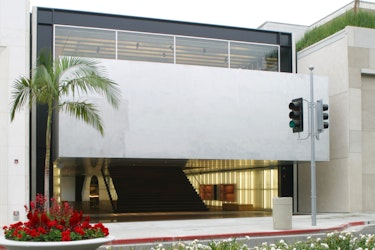The world of architecture and high fashion may seem like distinct domains, but over the years, these two creative industries have developed a captivating synergy. The fusion of architecture and high fashion represents a unique symbiotic relationship that goes beyond mere aesthetics. This essay explores how these seemingly disparate disciplines intertwine, influence each other, and create groundbreaking designs. From the parallels in their design principles to the mutual inspiration they draw from various sources, the fusion of architecture and high fashion has resulted in innovative and boundary-pushing creations that redefine the way we experience and perceive design.
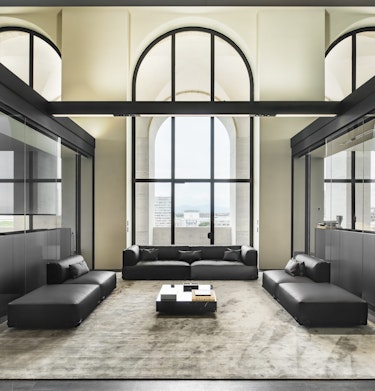
Credit: Architizer
Historical Overview
The connection between architecture and fashion is not a novel concept. Throughout history, we can find instances where one field has influenced the other. In ancient civilizations, the design of grand buildings influenced the draping of clothing and the use of ornate motifs in fabric patterns. Conversely, intricate garments inspired the detailing of architectural elements. However, it wasn't until the 20th century that the explicit fusion between architecture and high fashion truly began to emerge.
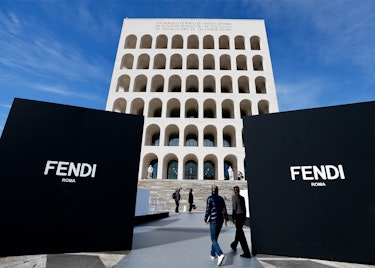
Credit: Dezeen
1. Shared Ideals of Beauty and Expression
At the core of both architecture and high fashion lies the pursuit of beauty and expression. Architects and fashion designers share a common goal of creating visually striking designs that evoke emotion and capture the essence of their vision. The concept of "form follows function" is prevalent in both disciplines, guiding the creation of structures and garments that serve their purpose while also expressing the designer's artistic vision.
Moreover, the notion of storytelling is deeply ingrained in both architecture and high fashion. In architecture, buildings often narrate the history, culture, and identity of a place, while in fashion, garments can tell stories about the wearer, the designer, or the prevailing societal trends. This shared emphasis on narrative and expression allows for a seamless integration of ideas between architecture and high fashion, inspiring designers from both fields to collaborate and find common ground.
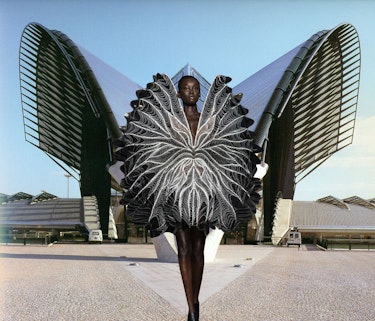
Credit: Arch2O
2. Environmental and Sustainable Design
In recent years, sustainability has become a critical focus for both architecture and fashion. The environmental impact of construction and the fashion industry has raised concerns, leading designers to seek eco-friendly solutions and materials. Architects have been exploring sustainable building practices, incorporating green technologies, and designing structures with energy efficiency in mind.
Likewise, fashion designers have been experimenting with sustainable textiles, upcycling materials, and adopting circular design principles. The fusion of architecture and high fashion has become a driving force for sustainability, as designers from both fields collaborate to find innovative solutions that benefit the planet.
For instance, architectural designers have worked with fashion houses to create structures with integrated solar panels or clothing made from recycled building materials. These cross-disciplinary initiatives not only push the boundaries of design but also foster a commitment to environmental consciousness and responsible production.
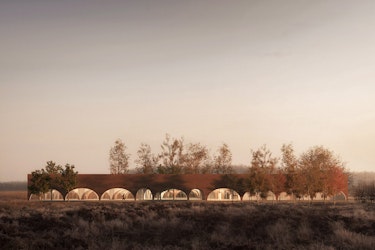
Credit: Lina Ghotmeh x Hermès
3. Futuristic and Technological Advancements
The integration of technology into architecture and high fashion has opened up exciting new possibilities. Architects have been incorporating advanced computational design and parametric modeling to create fluid and dynamic structures that were once unimaginable. This technology-driven approach has not only influenced the form of buildings but has also inspired fashion designers to explore new materials and manufacturing techniques.
In turn, fashion's experimentation with wearable technology, such as smart fabrics and interactive garments, has inspired architects to reimagine the relationship between buildings and their inhabitants. Concepts like adaptive architecture, where buildings respond to the needs of their users, draw inspiration from the responsive nature of high-tech fashion.
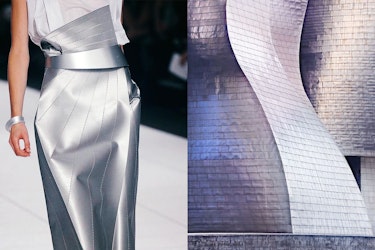
Credit: MINTSQUARE
4. Fashion as Architectural Inspiration
Fashion has long drawn inspiration from architecture, particularly in its use of patterns, textures, and silhouettes. Historical architectural styles like Art Deco, Bauhaus, and Gothic Revival have influenced fashion trends throughout the decades. Moreover, iconic buildings and landmarks have often been referenced in clothing prints and embellishments.
On the runway, we see fashion designers create garments that embody the spirit of architectural marvels like the Eiffel Tower, the Guggenheim Museum, or the Sydney Opera House. This architectural inspiration adds depth and dimension to fashion designs, transforming them into wearable art.
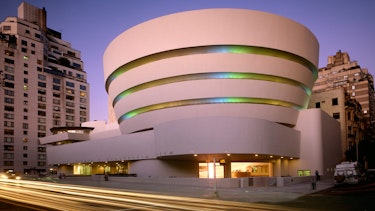
Credit: the Guggenheim Museum
5. Architecture as Fashionable Spaces
Architectural spaces are no longer confined to their utilitarian purposes; they have become venues for high-fashion events, retail stores, and showcases for exclusive collections. Fashion designers recognize the power of architecture in elevating the brand experience and transforming it into an event that resonates with consumers.
Luxury fashion houses now commission renowned architects to design flagship stores that reflect the brand's identity. These stores become iconic symbols of the brand and serve as immersive spaces that engage customers on multiple levels. The fusion of architecture and high fashion in retail design has not only redefined the way we shop but has also established a new standard for experiential luxury.
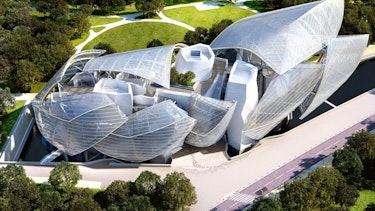
Credit: Vogue
6. Cultural Exchange and Global Influence
The fusion of architecture and high fashion is not confined to any specific region or culture. As designers collaborate and exchange ideas across borders, they create a global conversation that transcends cultural boundaries. This exchange fosters a rich diversity of perspectives and aesthetics, allowing for the cross-pollination of ideas that drive innovation and creativity.
For instance, architects from the West have been inspired by the intricate drapery and craftsmanship of traditional Asian garments, while Asian fashion designers have found inspiration in the sleek lines and minimalism of modernist architecture. This cultural exchange enriches the design landscape and reinforces the notion that design is a universal language that connects people worldwide.
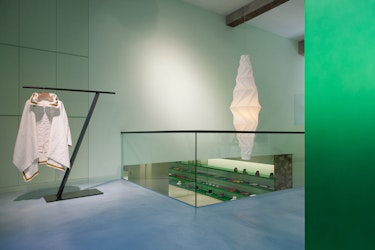
Credit: TOKUJIN YOSHIOKA DESIGN
The fusion of architecture and high fashion goes far beyond a mere collaboration between two creative fields. It represents a dynamic relationship built on shared ideals of beauty, expression, sustainability, and technological innovation. From cross-disciplinary collaborations to the architectural influence on fashion and the use of architectural spaces for high-fashion events, this symbiotic relationship continues to redefine the boundaries of design.
As architecture and high fashion continue to evolve, their fusion holds the potential to shape the future of design and create transformative experiences for individuals and communities alike. The integration of technology, the emphasis on sustainability, and the celebration of cultural diversity will continue to inspire designers from both fields to explore uncharted territories and push the boundaries of creativity. Ultimately, the fusion of architecture and high fashion serves as a testament to the power of collaboration, mutual inspiration, and the enduring impact of creative expression.
